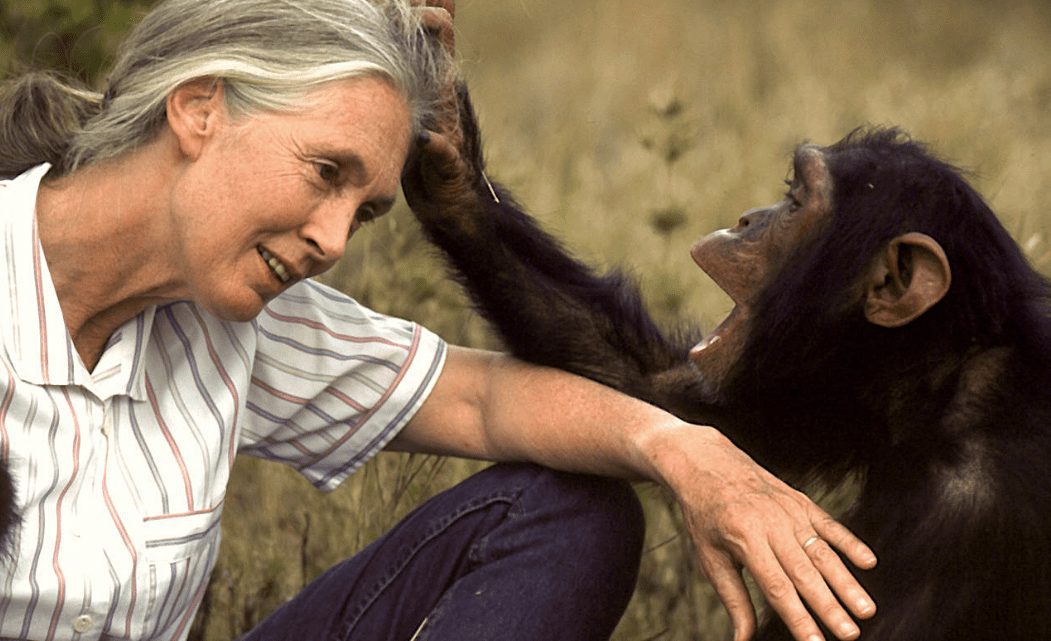“I Fell In Love With The Real Tarzan”


A young Englishwoman conducted chimpanzee research in Africa and revolutionized primate science forever.
Meet Jane Goodall an anthropologist, primatologist and ethologist. A legendary scientist, whose groundbreaking discoveries shaped our understanding of the wild and the human. At 23, the young English woman ventured into the forests of what is now Gombe Stream National Park in Tanzania, with no formal academic training.
She was initially invited by a friend to visit Kenya. She had to save money to pay for the trip. There she met the great anthropologist Louis Leakey on an observation safari in Tanzania. On African soil, she felt at home. Seeing Jane’s in-depth knowledge, eagerness to learn and explore the wild, Dr Leakey offered to assist her in the study of chimpanzees. Jane took the permission to settle in Tanzania, which was then under British protectorate, however, her plea was rejected at first. The British authorities were unwilling to take the responsibility of letting a young woman living alone in a hostile nature. But, when her mother agreed to accompany her, the authorities accepted! Jane attributes her success to her mother for believing in her and encouraging her to chase and live her dreams.
Jane went on to make startling revelations as she got up, close and personal with the Chimp world. However, the journey was not that simple. In the beginning, chimpanzees ran away when they saw her. A month later, she started being more discreet, observed them from a distance. She collected information on their behaviour. She recorded her observations by names she concocted for the chimps: Fifi, Flo, Mr. McGregor, David Greybeard. She wrote about the chimps as individuals with distinct traits and personalities—for example, when a female she called Mrs. Maggs was preparing a treetop nest for the night, Jane wrote that the chimp had “tested the branches exactly the way a person tests the springs of a hotel bed.”
Her days were all about locating the animals through her binoculars, then trying to go gradually closer so they become used to her presence. With relentless effort, commitment and time, Jane made two startling discoveries that turned established science on its head.
In her first discovery, she observed a chimp gnawing on the carcass of a small animal, which belied the prevailing belief that apes didn’t eat meat. Her second discovery was seeing a Chimp squat by a termite mound as he picked a blade of grass and poked it into a tunnel. When he pulled it out, it was covered with termites, which he slurped down. In another instance, Jane saw the chimp pick a twig and strip it of leaves before using it o fish for termites. What she observed was a tool-making skill, something which was earlier believed only humans were capable of.
Jane’s exploration in the wild shunned multiple stereotypes. From a woman entering a male-dominated field to her challenging the world of primate science, and above all teaching humans to love the wild, she changed the world for better.
At 86, she still travels 300 days a year, raising awareness to protect the chimpanzees and their habitat, asking people to be more humane, more kind.

“Let us develop respect for all living things. Let us try to replace violence and intolerance with understanding and compassion. And love.” -Jane Goodall
Featured image: neverapart.com
